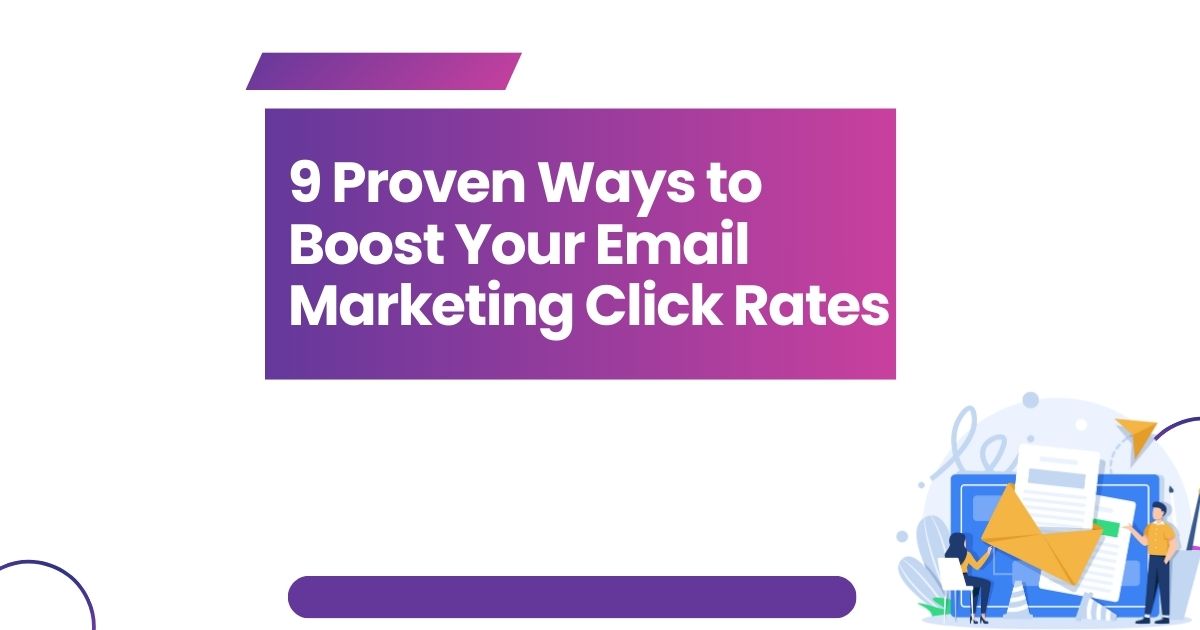
Your email marketing campaigns are reaching inboxes, but are they driving action? Getting subscribers to open your emails is only half the battle—the real challenge lies in compelling them to click through and engage with your content.
Email marketing remains one of the most effective digital marketing channels, with an average ROI of $42 for every dollar spent. However, the average click-through rate across all industries hovers around 2.6%, meaning there’s significant room for improvement in most campaigns.
This guide will walk you through nine proven strategies to increase your email marketing click rates, from crafting compelling subject lines to optimizing your call-to-action buttons. Whether you’re a seasoned marketer or just starting out, these tactics will help you turn more subscribers into engaged customers.
Create Compelling Subject Lines That Drive Opens
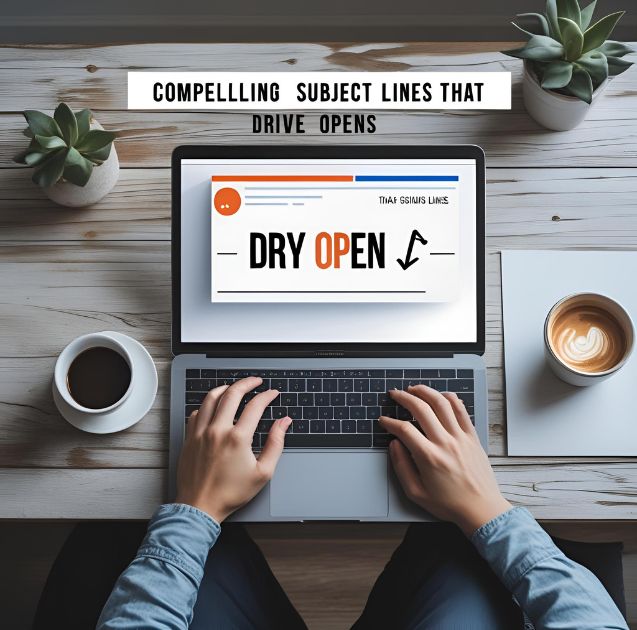
Your subject line is the gateway to higher click rates. If recipients don’t open your email, they can’t click on anything inside it. Research shows that 47% of email recipients decide whether to open an email based solely on the subject line.
Effective subject lines create curiosity without being misleading. They should clearly indicate what value the recipient will receive by opening the email. For example, “5 Mistakes Killing Your Conversion Rate” is more compelling than “Monthly newsletter #47.”
Keep your subject lines between 30-50 characters to ensure they display properly across devices. Mobile devices truncate longer subject lines, which can significantly impact open rates. A/B test different approaches to see what resonates with your specific audience.
Personalization can boost open rates by 26%. Include the recipient’s name, location, or previous purchase history when relevant. However, avoid overusing personalization, as it can feel forced if not done authentically.
Write Preview Text That Complements Your Subject Line
Preview text appears next to or below your subject line in most email clients. This often-overlooked element provides additional real estate to entice recipients to open your email.
Use preview text to expand on your subject line rather than repeat it. If your subject line asks a question, the preview text can hint at the answer. If your subject line creates curiosity, the preview text can provide just enough additional information to compel the open.
Aim for 35-90 characters in your preview text to ensure it displays properly across different email clients. Test how your preview text appears on various devices and email platforms to optimize visibility.
Segment Your Email List for Targeted Messaging
Generic, one-size-fits-all emails generate lower click rates than targeted messages. Email segmentation allows you to send relevant content to specific groups within your subscriber base.
Start with basic demographic segmentation—age, location, gender, or job title. Then progress to behavioral segmentation based on past purchases, email engagement, or website activity. Subscribers who frequently purchase outdoor gear will respond differently from those interested in business software.
Segmented email campaigns can increase click rates by up to 100% compared to non-segmented campaigns. The more relevant your content feels to each recipient, the more likely they are to engage with your call-to-action.
Purchase history provides valuable segmentation opportunities. Send product recommendations based on previous purchases, or create segments for high-value versus occasional customers. Each group requires different messaging and offers.
Design Clear and Compelling Call-to-Action Buttons
Your call-to-action (CTA) button is where click rates are won or lost. A well-designed CTA stands out visually and clearly communicates what action you want recipients to take.
Use action-oriented language that creates urgency or excitement. Instead of generic phrases like “Click here” or “Learn more,” try “Get my free guide” or “Start saving today.” The button text should clearly indicate what happens when clicked.
Color psychology plays a crucial role in CTA performance. Bright colors like orange, red, or green typically perform better than muted tones. However, the most important factor is contrast—your CTA should stand out against your email’s background.
Size matters for mobile optimization. Make your CTA buttons large enough to easily tap on mobile devices. Apple recommends a minimum size of 44×44 pixels for touch targets, but larger buttons often perform better.
Optimize Your Email Design for Mobile Devices
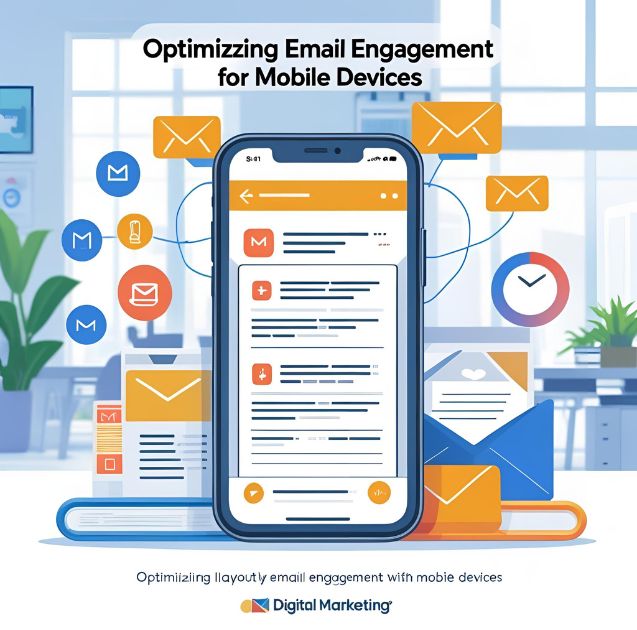
Over 60% of emails are opened on mobile devices, making mobile optimization crucial for click rates. Emails that don’t display properly on smartphones and tablets will see significantly lower engagement.
Use responsive design techniques to ensure your emails adapt to different screen sizes. Single-column layouts work better on mobile than multi-column designs. Keep your most important content and CTAs above the fold on mobile screens.
Font size is critical for mobile readability. Use at least 14-point font for body text and 22-point for headings. Smaller fonts strain readers’ eyes and reduce the likelihood of engagement.
Test your emails on various devices and email clients before sending. What looks perfect on desktop Gmail might be unreadable on mobile Outlook. Tools like Litmus or Email on Acid can help you preview your emails across different platforms.
Personalize Content Based on Subscriber Behavior
Beyond basic demographic personalization, behavioral personalization can significantly boost click rates. Use data about how subscribers interact with your emails and website to create more relevant content.
Track which types of content generate the most clicks from individual subscribers. Someone who consistently clicks on product updates might not be interested in company news. Tailor your content mix based on these preferences.
Abandoned cart emails are a powerful form of behavioral personalization. Send targeted emails to customers who left items in their shopping cart, including images and details of the specific products they viewed.
Website browsing behavior provides rich personalization opportunities. If someone spent time looking at winter coats on your website, send them targeted emails featuring your cold-weather collection.
Time Your Emails for Maximum Engagement
When you send your emails can significantly impact click rates. While there’s no universal best time, understanding your audience’s behavior patterns can help you optimize send times.
Tuesday through Thursday typically see higher engagement rates than Monday or Friday. Most people are catching up on Monday and winding down by Friday. However, B2B and B2C audiences may have different optimal times.
Consider your audience’s time zones when scheduling campaigns. If you have subscribers across multiple time zones, consider segmenting your list and sending emails at optimal times for each region.
A/B test different send times to find what works best for your specific audience. Track click rates for emails sent at different times and days of the week. Pattern recognition over time will reveal your audience’s preferences.
Create Urgency and Scarcity in Your Messaging
Psychological triggers like urgency and scarcity can motivate subscribers to click immediately rather than postponing action. However, these tactics must be used authentically to maintain trust.
Limited-time offers create natural urgency. Phrases like “24-hour sale” or “Ends tonight” encourage immediate action. Include countdown timers in your emails to visually reinforce the time-sensitive nature of your offer.
Scarcity works when you have genuinely limited quantities or availability. “Only 50 left in stock” or “Last chance to register” can drive clicks when the scarcity is real.
Flash sales and exclusive offers for email subscribers create both urgency and exclusivity. These campaigns often generate higher click rates because recipients feel they’re receiving special treatment.
Test and Analyze Your Email Performance
Continuous testing and optimization are essential for improving click rates over time. A/B testing allows you to compare different elements and identify what resonates with your audience.
Test one element at a time to get clear results. You might test subject lines, CTA button colors, email length, or send times. Testing multiple elements simultaneously makes it difficult to determine what drove performance changes.
Track key metrics beyond just click rates. Monitor open rates, conversion rates, unsubscribe rates, and revenue per email. A high click rate means nothing if those clicks don’t convert to sales or desired actions.
Use statistical significance when analyzing test results. Small sample sizes can lead to misleading conclusions. Make sure your tests run long enough and include enough recipients to provide reliable data.
Start Implementing These Strategies Today
Improving your email marketing click rates requires consistent effort and attention to detail. Start by implementing one or two of these strategies, then gradually incorporate others as you see results.
Remember that email marketing success depends on understanding your specific audience. What works for one company might not work for another. Use these strategies as a foundation, but always test and adapt based on your own data and results.
Focus on providing genuine value to your subscribers. When people find your emails helpful, entertaining, or informative, they’re naturally more likely to engage with your content. Combine these tactical improvements with great content, and you’ll see your click rates climb steadily over time.



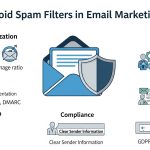


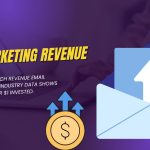
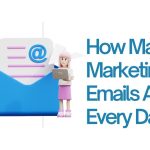
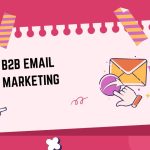






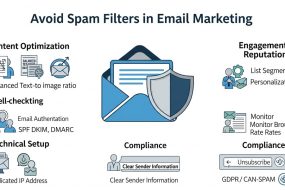
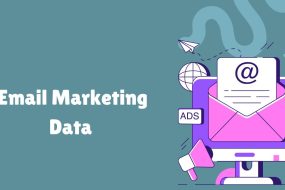
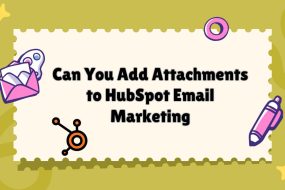
No Comments